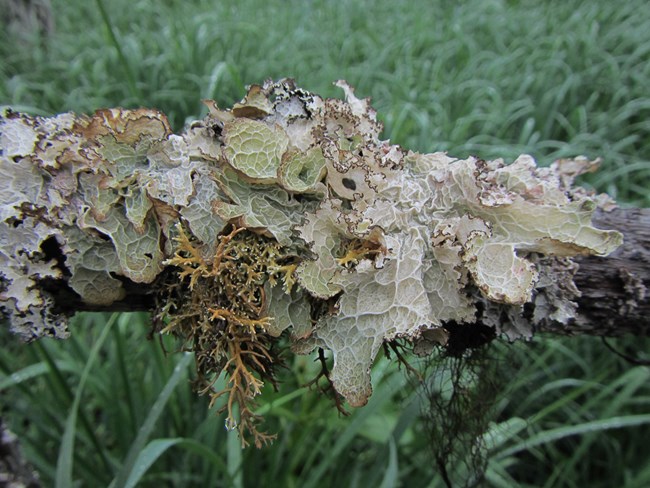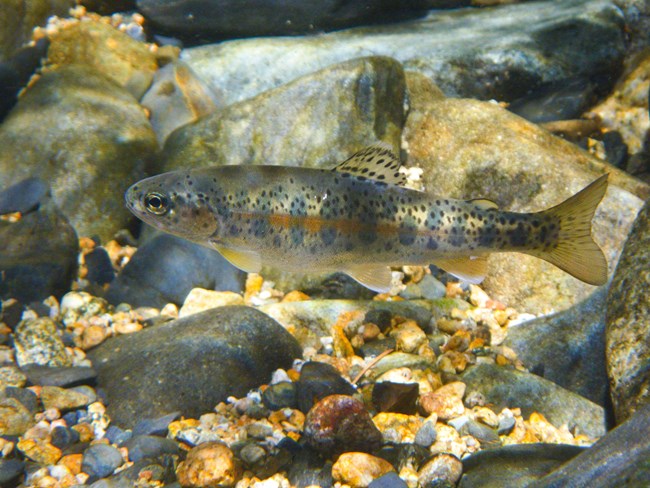
While Southeast Alaska ecosystems are relatively pristine compared to many parts of the world, even small increases in pollution can have significant impacts. The Southeast Alaska Network monitors three kinds of environmental contaminants: airborne, freshwater, and marine.
Airborne Contaminants
Areas of Southeast Alaska are exposed to a number of local airborne pollution sources and a wide variety of modes of regional transportation (cars, buses, helicopters, planes, ferry, trains, and cruise ships), particularly during the summer tourist season. Regional and global sources of airborne pollution include sooty fine particulates, nitrogen oxides, and other pollutants associated with forest fires and wind-blown dust as well as industrial emissions transported from Eurasia. Airborne pollutants are a concern because of the potential adverse effects to human health and sensitive components of park ecosystems. Southeast Alaska parks are monitored for atmospheric pollutants using passive membrane samplers, wet deposition samplers, and lichen.

Freshwater Contaminants
Even in relatively pristine lakes and streams, globally dispersed contaminants such as mercury and Persistent Organic Pollutants (POPs) have been detected. Freshwater habitat and organisms in Southeast Alaska are affected by pollutants from far- and near-field sources, including coal emissions in Eurasia, previous pesticide applications of DDT, and natural geologic sources of mercury. Recent studies of lake sediments from Chichagof Island, near Glacier Bay National Park and Preserve, demonstrate increasing mercury levels since the industrial revolution. This trend is the opposite of lower latitudes, where mercury levels have generally been dropping since the 1970s. Organisms at all levels of the food web are subject to this pollution, but higher-trophic-level animals such as birds and fish are especially vulnerable. Biomagnification, or the tendency for larger organisms to demonstrate elevated toxicity due to consumption of smaller contaminated organisms, results in concentrated toxin levels throughout upper trophic levels. After completing several baseline studies of contaminants samples from streamwater, streambed sediments, benthic macroinvertebrates, and fish, the Southeast Alaska Network has committed to long-term monitoring of mercury concentrations in Dolly Varden tissue using existing EPA protocols.

Marine Contaminants
Southeast Alaska marine shorelines are exposed to long-distance threats such as airborne contaminants and drifting marine debris, but park shorelines are especially susceptible to acute pollution threats such as large oil spills. Catastrophic pollution events have direct relevance to park management since they could be caused from permitted visitor activities such as cruise ship excursions. One critical component of preparing for these events is to develop a strong baseline of natural resource conditions for vulnerable landscape features. The Southeast Alaska Network monitors intertidal bay mussels for hydrocarbons (fuel sources), persistent organic pollutants (POPs; such as pesticides and flame retardants), and heavy metals. The long-term monitoring effort will record and track contaminant levels of bay mussels in all three Southeast Alaska parks, following the well-documented national protocol of the National Oceanic and Atmospheric Administration Mussel Watch program.
Contact: Craig Murdoch
Last updated: February 29, 2024
